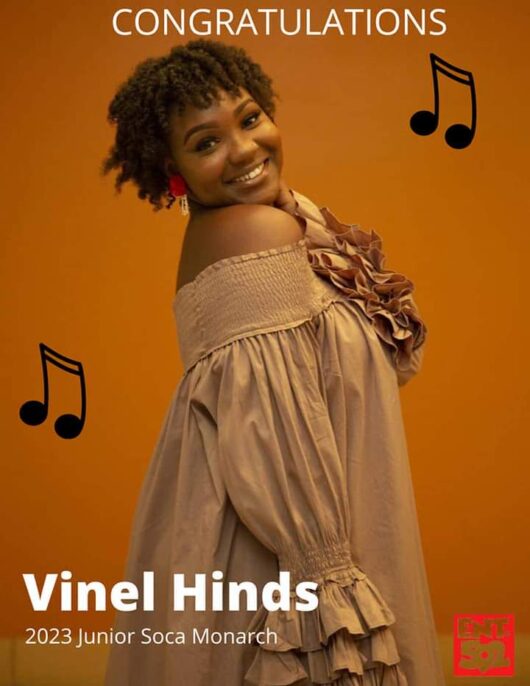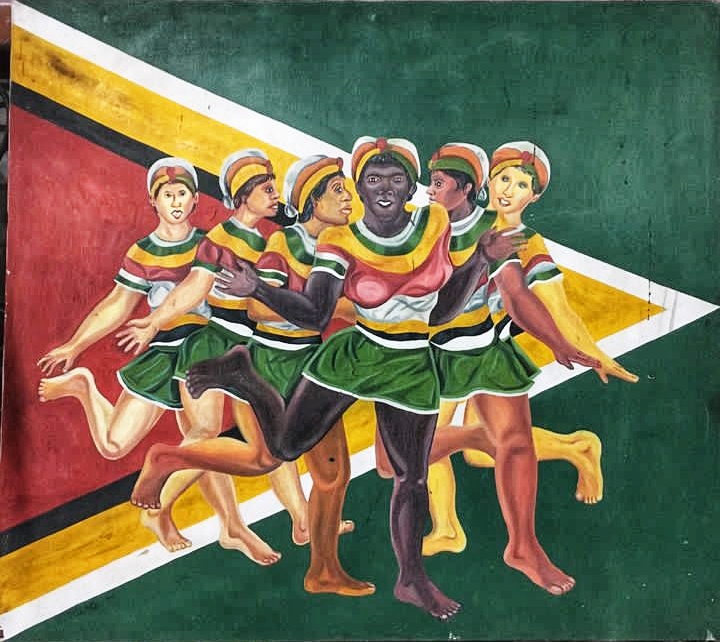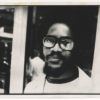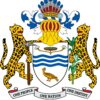Mashramani is a festival celebrated annually in Guyana on February 23rd to commemorate the country’s independence from Britain in 1966.
The name Mashramani is derived from the Amerindian language, meaning “celebration after hard work.” The festival is a reflection of Guyana’s cultural diversity, with vibrant music, dance, and costumes representing the country’s ethnic groups.
+ The first Mashramani celebrations took place in 1970, four years after Guyana’s independence. The festival was initially conceived as a celebration of the country’s cooperative socialist movement, with the focus on workers in the sugar industry.
The first celebration took place in the town of Linden, with a parade of workers in colorful costumes, accompanied by music and dance.
The following year, the celebration moved to the capital city of Georgetown, where it has been held ever since. The event grew in popularity, with more communities and groups participating each year.
By the mid-1970s, Mashramani had become the biggest event on Guyana’s cultural calendar.
In the early years of Mashramani, the festival was closely associated with the ruling People’s Progressive Party (PPP) government. The PPP’s socialist ideology was reflected in the celebration’s themes, which emphasized workers’ solidarity and the importance of collective effort.
However, Mashramani’s political connections began to change in the 1980s, as the country’s political landscape shifted.
The PPP government was replaced by a series of military regimes, which were more conservative in their political outlook.
Mashramani’s themes began to reflect this change, with a greater emphasis on national unity and pride in Guyana’s heritage.
Despite these changes, Mashramani remained an important celebration of Guyana’s cultural diversity. The festival continued to feature a wide variety of music, dance, and other performances, reflecting the country’s multiethnic population.
In the early 1990s, Guyana’s political situation began to stabilize, and the PPP government returned to power.
Mashramani once again became associated with the ruling party, but the festival’s themes remained focused on national unity and pride in Guyana’s heritage.
Over the years, Mashramani has grown to include a variety of events, including a calypso competition, a costume competition, and a steel band competition.

The festival also features street parades and other cultural events, with participants dressed in elaborate costumes and dancing to traditional Guyanese music.
Today, Mashramani is one of the most important celebrations in Guyana, drawing visitors from around the world to experience the country’s vibrant culture and history.
The festival is a testament to Guyana’s resilience and perseverance, reflecting the hard work and determination of the country’s people.
In conclusion, Mashramani is a celebration of Guyana’s rich cultural heritage, reflecting the country’s ethnic diversity and history.
From its origins as a celebration of workers’ solidarity, the festival has grown into a national event, reflecting the changing political and cultural landscape of Guyana.
Today, Mashramani is a vibrant celebration of Guyanese culture, drawing visitors from around the world to experience the country’s unique music, dance, and traditions.
Written by ChatGPT



